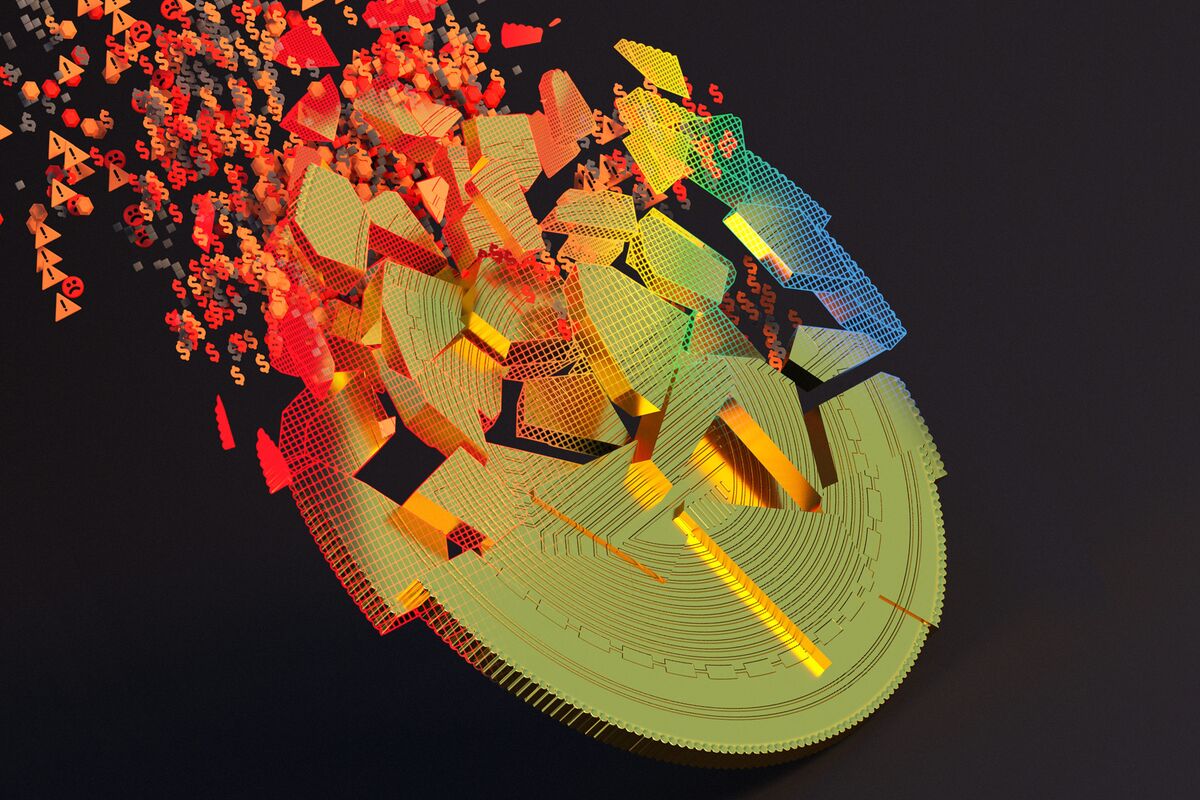
Unraveling the Terra Collapse and the Shady Undercurrents: An Investigation into UST and Luna
The collapse of Terra, a prominent crypto project, sent shockwaves throughout the decentralized finance (DeFi) ecosystem, resulting in significant damage estimated at around $83 billion. The turmoil began when Terra’s UST stablecoin depegged and entered a death spiral, causing Luna, the project’s native cryptocurrency, to plummet. In this article, we delve into the events surrounding the Terra collapse, including the mysterious depegging of UST and the subsequent allegations against Terra co-founder Do Quan. Additionally, we explore the impact of centralization in the stablecoin space and the need for a robust and truly decentralized stablecoin to foster the evolution of the crypto industry.
The UST Depegging and Luna’s Plunge:
The UST stablecoin depegging that triggered the collapse of Terra remains shrouded in mystery. It began with an unknown entity selling massive amounts of UST on the Curve Finance stablecoin DEX. Several UST whales, including bankrupt crypto platform Celsius, then initiated mass selling of UST, ostensibly to protect users. The key takeaway is that the individual or institution responsible for the initial depegging of UST remains unidentified. This significant event has been overshadowed by the allegations against Terra co-founder Do Quan, further complicating the narrative surrounding the collapse.
Allegations against Terra Co-founder and Shady Activities:
Do Quan, a co-founder of Terra, has faced serious allegations of engaging in illicit activities, including the theft of Bitcoin that was intended to protect UST’s peg. Quan has been on the run from authorities since May of the previous year. Surprisingly, he managed to make appearances on podcasts and post on Twitter during his fugitive status. Authorities eventually apprehended Quan in Montenegro in March, where he was attempting to travel with fake documents. Last week, Quan was released on bail, along with Terra’s Chief Financial Officer. It is worth noting the discrepancies in bail amounts and conditions compared to other individuals involved in similar cases.
Jump Trading and Allegations of Manipulation:
Jump Trading, a major market maker, has recently faced accusations in the United States of manipulating Luna’s price and allegedly making over a billion dollars supporting UST. It has been suggested that Do Quan provided Jump Trading with discounted Luna in exchange for their support in maintaining UST’s peg. Some speculate that Jump Trading could have been the unknown entity responsible for the initial UST depegging. However, U.S. authorities are reportedly investigating Alameda Research’s plans to bail out Terra before its collapse. The identity of the true first mover behind the UST depegging remains uncertain.
The Centralization vs. Decentralization Debate:
The Terra collapse raises important questions regarding the role of centralization in the stablecoin space. UST’s growth and market capitalization posed a challenge to centralized stablecoin issuers. As decentralized stablecoins gained popularity, UST began to surpass them in market cap. However, it is important to recognize that UST’s growth was artificial and unsustainable. Nonetheless, the incident conveniently stigmatized decentralized stablecoins both within and outside the crypto industry. The emergence of a robust and truly decentralized stablecoin is imperative for the evolution and credibility of the crypto space, preventing it from being captured by traditional finance.
Conclusion:
The collapse of Terra and the depegging of UST sent shockwaves through the DeFi ecosystem, resulting in substantial damage. While the exact cause of the UST depegging remains unknown, the allegations against Terra co-founder Do Quan have added a layer of complexity to the situation. Quan’s arrest and release on bail, along with the involvement of major market maker Jump Trading, raise concerns about manipulation and questionable activities within the Terra ecosystem.
The Terra collapse also highlights the ongoing debate between centralization and decentralization in the stablecoin space. The rapid growth of UST and its market capitalization posed a challenge to centralized stablecoin issuers. However, it is crucial to differentiate between sustainable growth and artificial inflation. The incident has unfortunately cast a shadow on decentralized stablecoins, despite the potential they hold in offering a more transparent and resilient financial system.
To truly advance the crypto industry, the development of a robust and decentralized stablecoin is essential. This would provide stability, security, and transparency while minimizing the risks associated with centralized control. By fostering the adoption of decentralized stablecoins, the crypto industry can create a more inclusive and trustworthy financial ecosystem.
As the investigation into the Terra collapse continues, it is essential for regulators and industry participants to work together to ensure greater transparency, accountability, and investor protection. By establishing clear guidelines and regulations, the industry can mitigate the risks associated with illicit activities and manipulative practices.
In conclusion, the collapse of Terra and the depegging of UST have exposed vulnerabilities within the decentralized finance ecosystem. The involvement of key individuals and entities, along with allegations of manipulation, raise concerns about the integrity of the system. Moving forward, it is crucial for the crypto community to promote transparency, foster the development of decentralized stablecoins, and work towards a more resilient and sustainable financial ecosystem. By addressing these challenges, the industry can continue to evolve and regain trust, paving the way for a more inclusive and decentralized future.